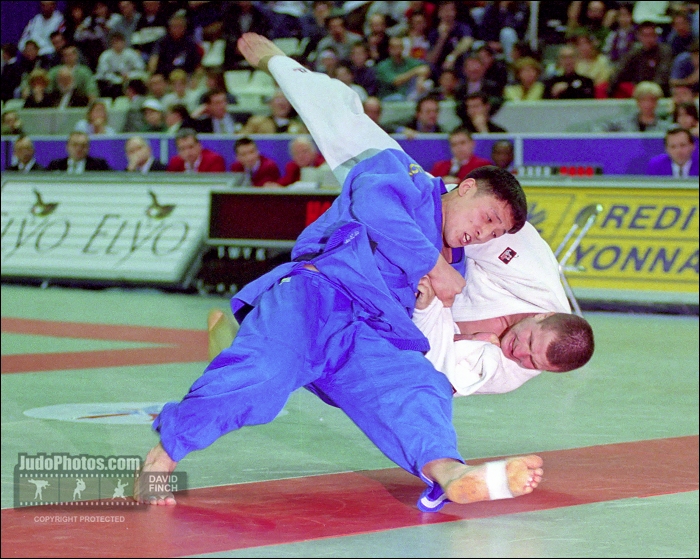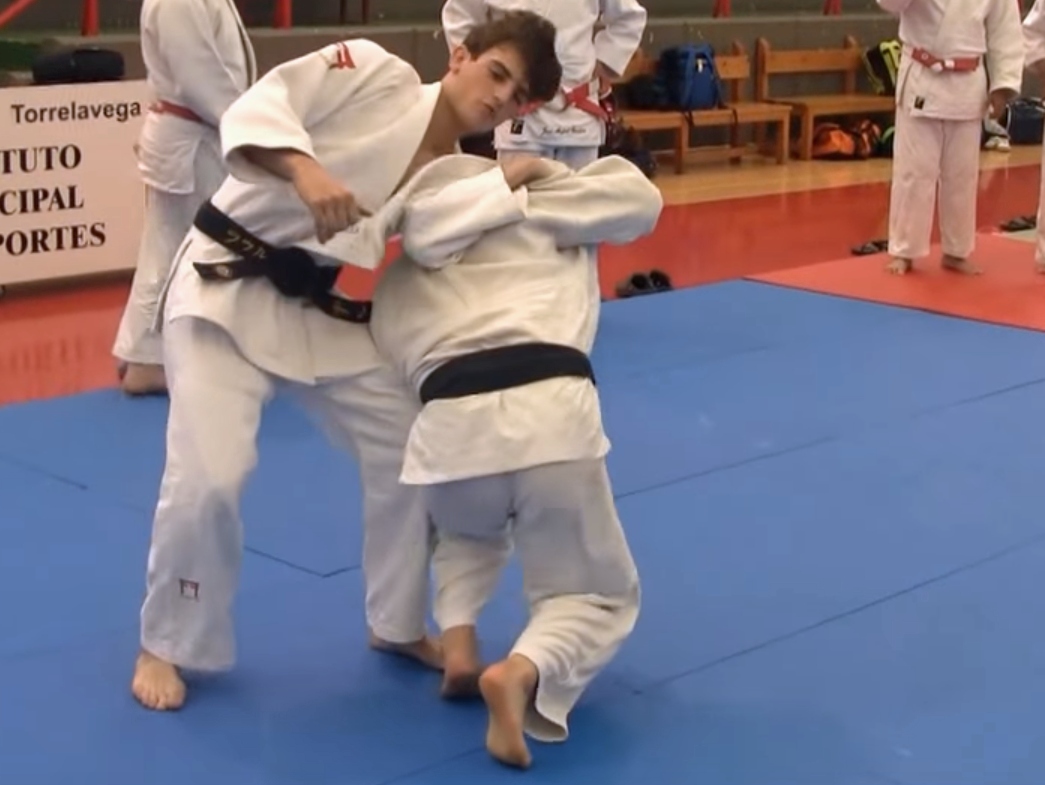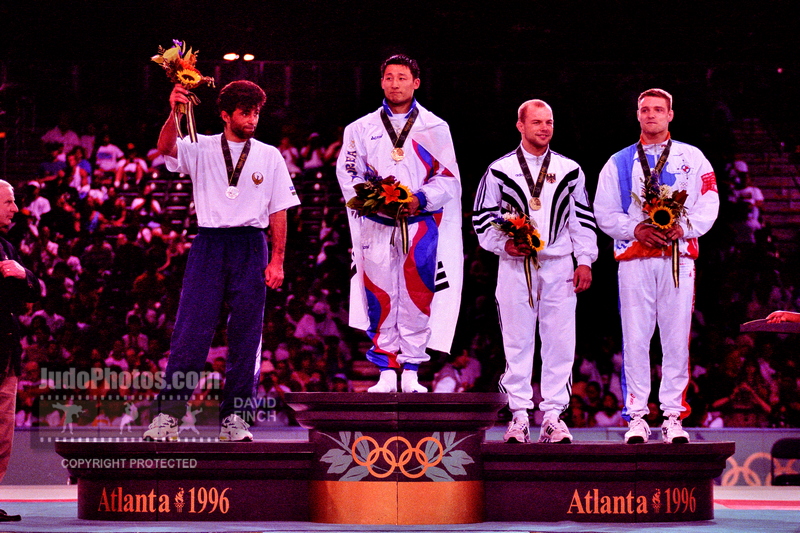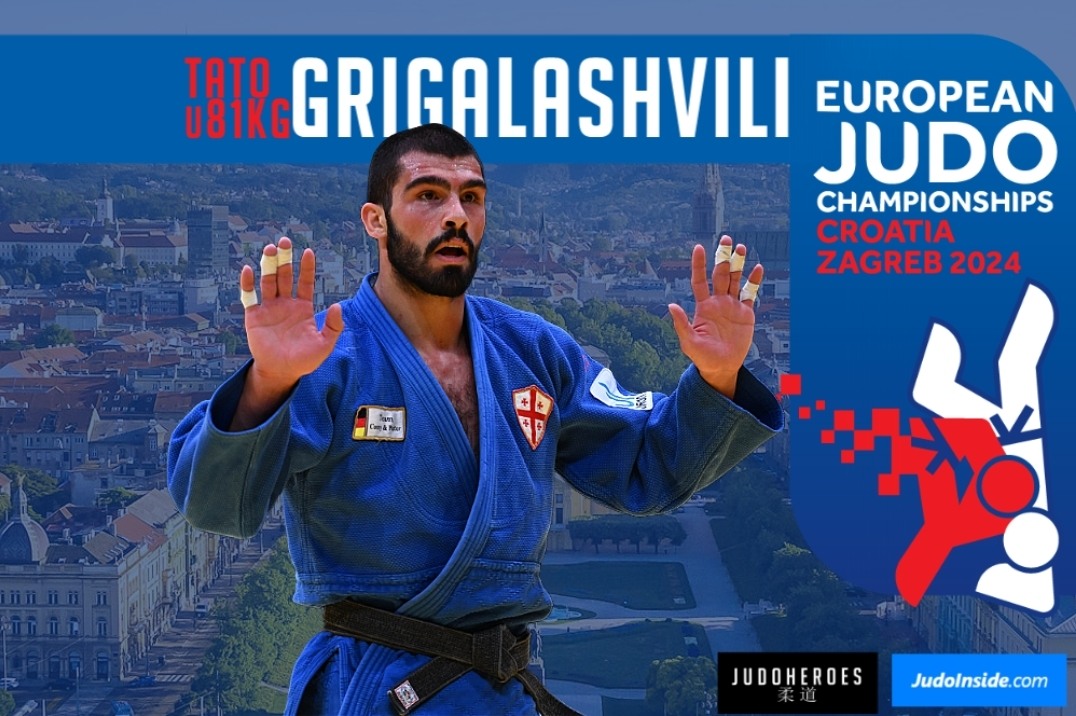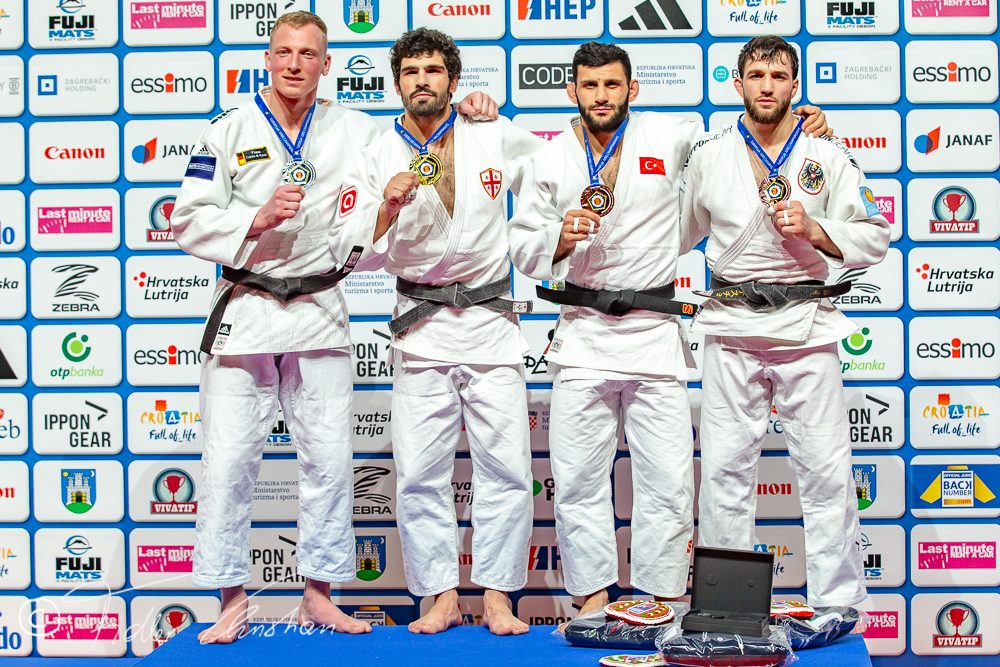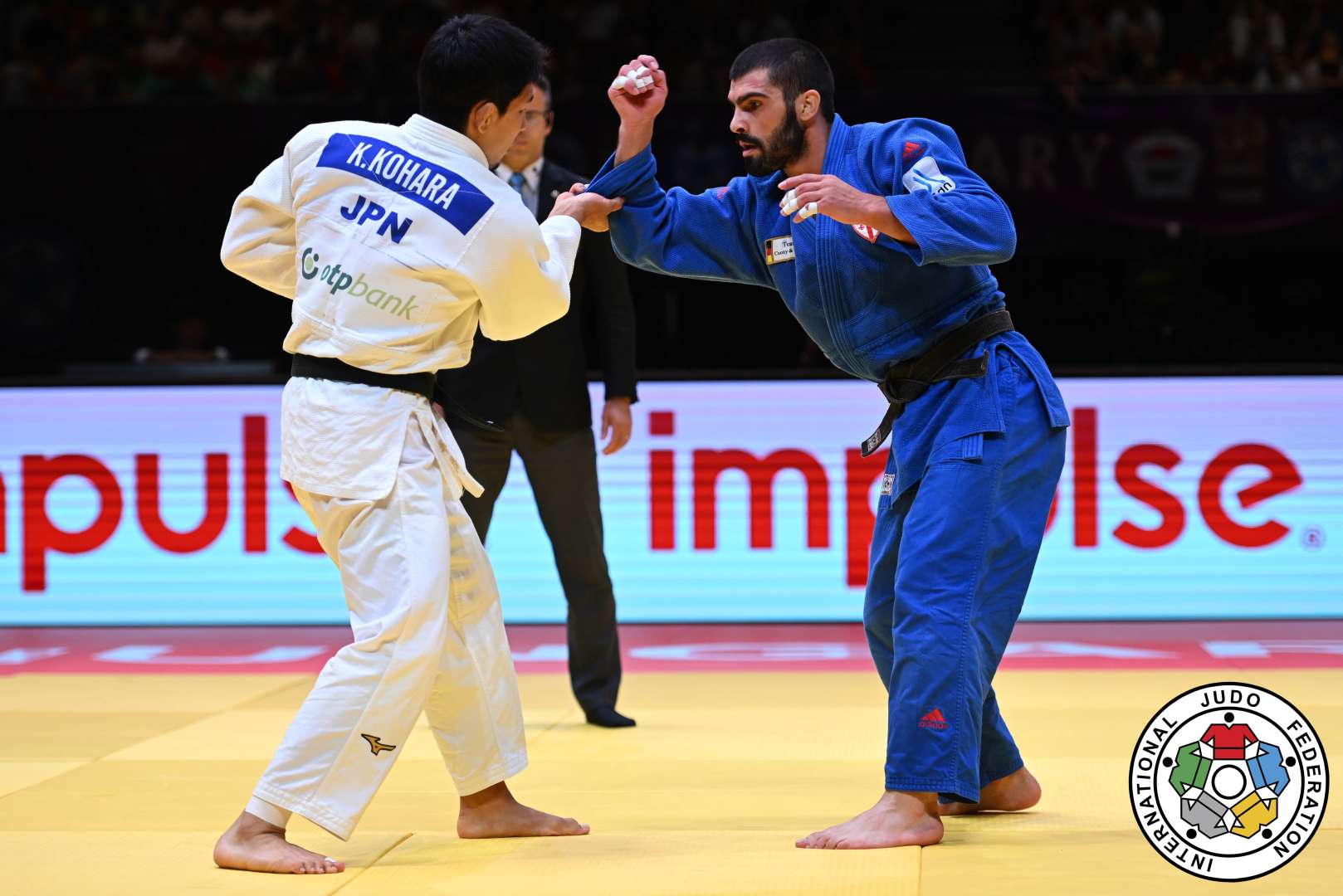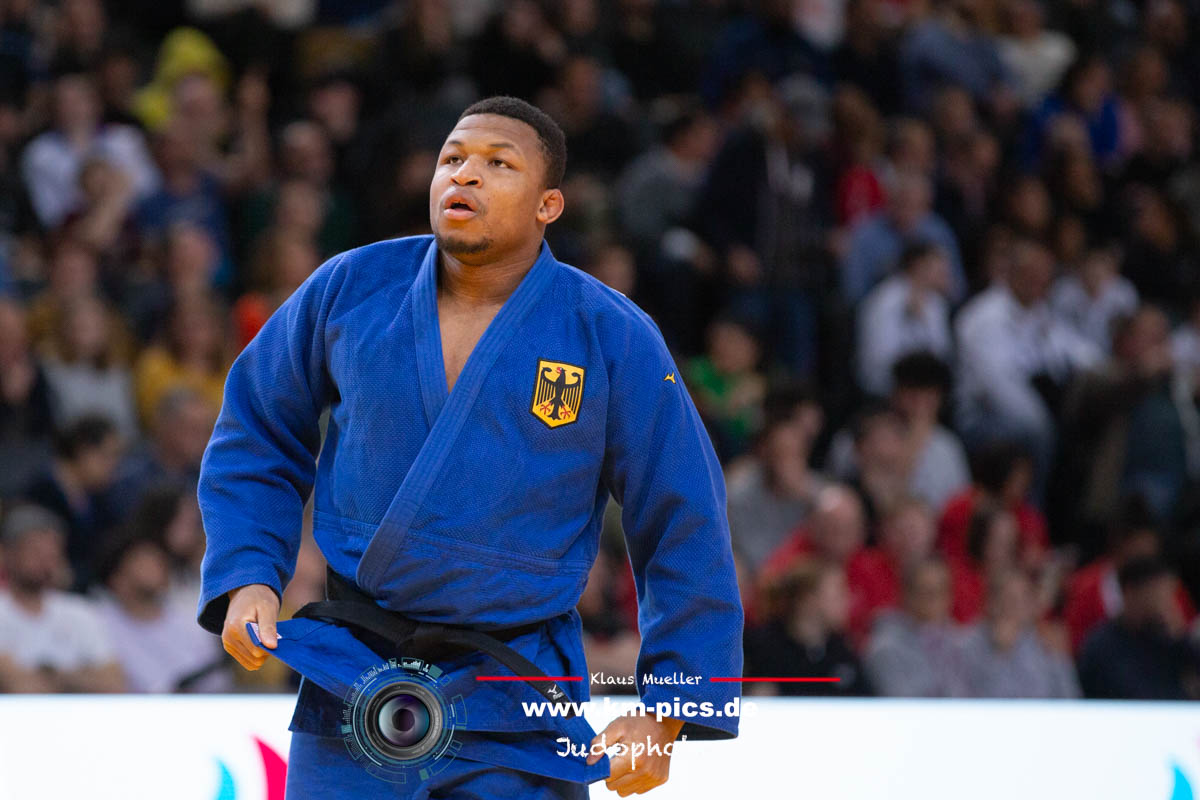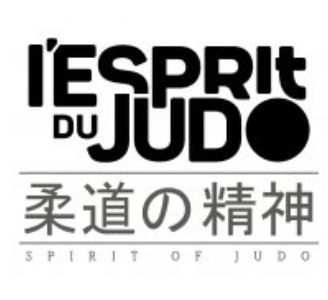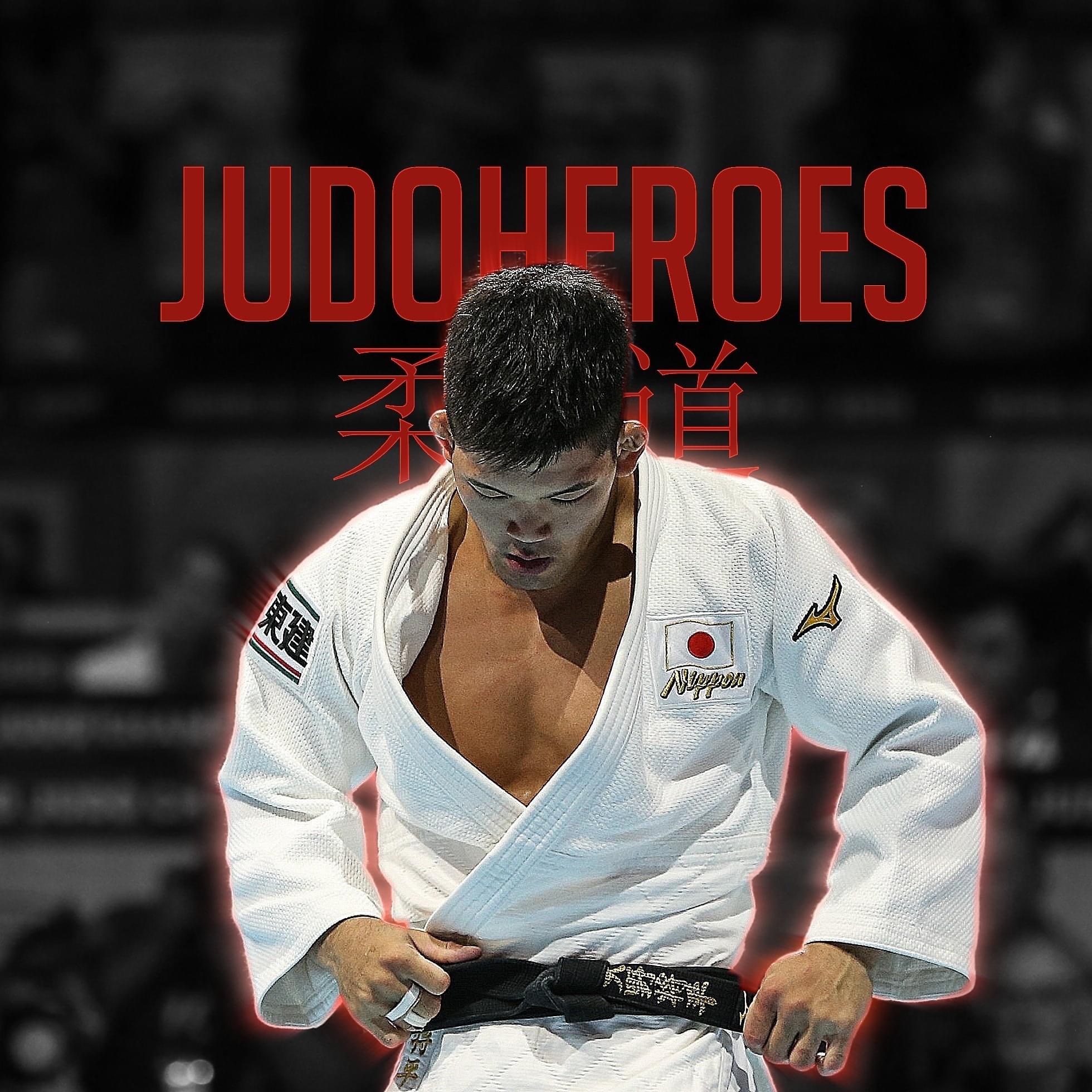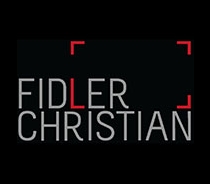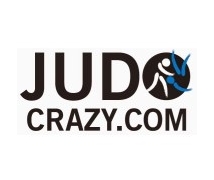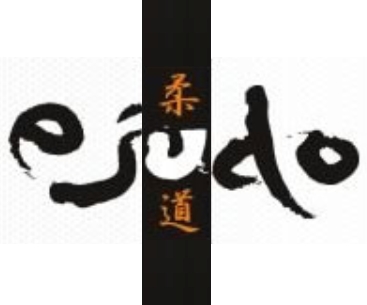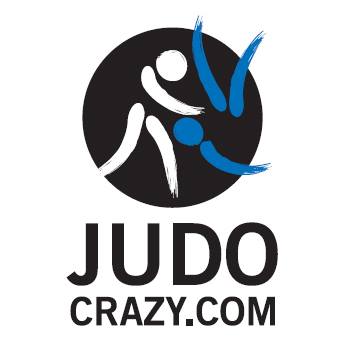The Jeon Ki-Young Story Part 1: 1993 Hamilton World Championships

 4 Feb 2021 17:05
4 Feb 2021 17:05
 by Oon Yeoh of JudoCrazy
by Oon Yeoh of JudoCrazy
 JudoInside.com - Hans van Essen / judo news, results and photos
JudoInside.com - Hans van Essen / judo news, results and photos
Jeon Ki-Young made his World Championships debut in 1993 when he was just 19 years old. Prior to that, he had had just one international competition under his belt, the Munich World Cup where he had won a bronze medal. Oon Yeoh wrote about the most successful Korean athlete ever.
The top favorite at the 1993 Hamilton World Championships was Japan’s Hidehiko Yoshida, who had won the Olympics in style just a year before. But in Hamilton, Yoshida injured his back in his first-round match, against Keith Morgan of Canada.
As the day wore on, his injury would worsen and at times he seemed to have trouble getting onto his feet. By the time he got to the semi-final, he was clearly in deep pain. Johan Laats, whom Yoshida had thrown for ippon in the Olympics, scored twice on Yoshida. The Japanese champion was in danger of losing to Laats but he was able to dominate the Belgian with aggressive gripping and in the end, Yoshida won through penalties. This set him up for a showdown with Jeon in the final.
Jeon had a relatively easy first-round match against an Argentinian player but he had a real war on his hands in the second round, where he found himself up against American Jason Morris, the Olympic silver medalist. And it was Morris who scored first, getting a waza-ari for a well-time uchimata-sukashi. Jeon struck back with a morote-seoi-nage but that only scored yuko. Morris then threw Jeon with a footsweep for koka. Perhaps hoping to end the match once and for all, Morris came in for a massive uchimata which Jeon sidestepped for an uchimata-sukashi of his own for waza-ari. With one waza-ari and one yuko, he was now ahead of Morris who had a waza-ari and a koka. For good measure, Jeon scored one more koka with drop seoi-nage before the match ended.
Compared to his battle with Morris, his quarter-final match against Jose Figueroa of Puerto Rico was a walk in the park. First, he threw him with drop morote-seoi-nage, then he finished him off with an uchimata. After that Jeon beat the stylish French player, Darcel Yandzi, with a morote-seoi-nage for yuko and an uchimata-sukashi for waza-ari. That earned him a spot in the final.
Yoshida, who despite his injury, was the more confident of the two. He had taken some painkillers and began the match aggressively, throwing everything he had at Jeon, who was fighting rather defensively. Yoshida nearly scored twice, both times with kouchi-gari. But he was also trying drop seoi-nage, sode-tsurikomi-goshi and osoto-gari. Jeon was able to block each of those techniques but he wasn’t really attacking. Yoshida was doing all the work but with an injured back he ended up dropping more than few times, causing the referee to give him a shido. Back then, this also meant that Jeon was receive a koka, enough to win the match if he could ride it out long enough for time to run out. As it turned out, at the 30 second mark, Jeon saw an opening and dropped underneath Yoshida to score a waza-ari with ippon-seoi-nage.
It was a good win and Jeon had clearly fought the correct fight. But with Yoshida so badly injured, it left many wondering whether the results would have been different if Yoshida had fought uninjured. Neil Adams, who did the color commentary for the match, said that it would have been interesting to see a “fit Yoshida” fighting Jeon. He would have to wait two years to see that happen.
Enjoy more Judo history written by Oon Yeoh at JudoCrazy
 like
like
 share
share

| Result | City | Date |
|---|---|---|
| 1 | Zagreb | 26 Apr |
| 3 | Belgrade | 2023 |
| 2 | Montpellier | 2023 |
| 3 | Budapest | 2023 |
| 1 | Doha | 2023 |
| Result | City | Date |
|---|---|---|
| 1 | Tashkent | 2 Mar |
| 1 | Paris | 3 Feb |
| 1 | Budapest | 2023 |
| 2 | Tokyo | 2023 |
| 5 | Montpellier | 2023 |


